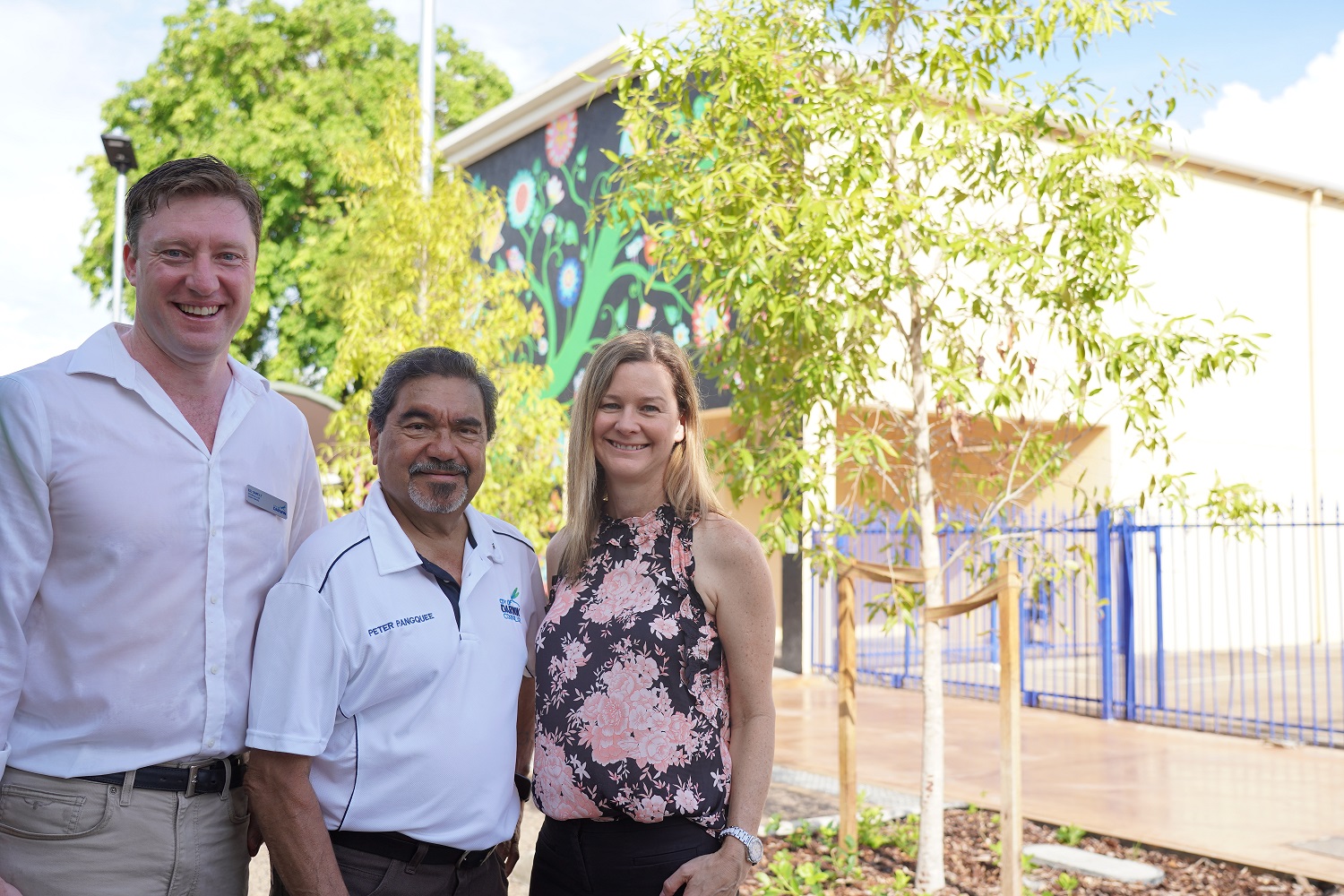Soldiers from 7th Brigade units took part in chemical, biological, radiological and nuclear defence (CBRN-D) training, including an equipment decontamination medium (EDM) serial, at Gallipoli Barracks, Brisbane, in May.
It was the first time the capability was tested with heavy vehicles and machinery within a combat brigade.
Hosted at the 2nd Combat Engineer Regiment (2CER) compound, heavy vehicles, including a Boxer combat reconnaissance vehicle (CRV) and HX77 truck towing an M777 howitzer, were put through the EDM.
The process neutralises chemical, biological and radiological hazards after a vehicle and its crew have been in a CBRN environment.
Captain Callum Griffiths, of the ADF Joint Defensive CBRN Program, said it was good to see the process conducted practically.
“Testing this concept with platforms like the Boxer CRV is a significant milestone for Defence Projects like Land 2110-1B and Land 400-2,” he said.
The EDM comprises four stations spread across hundreds of metres, and the decontamination process ranges from the removal of gross environmental hazards, to the sensitive cleaning of vehicle internal components.
It will be used during Exercise Diamond Strike, and elements of the Navy, Army and Air Force are being trained in the capability.
Warrant Officer Class Two Luke Burden, of ADF Joint Defensive CBRN Program, said it was important the activity was hosted at 2CER.
“It’s great that it was held here at Gallipoli Barracks because the 7th Brigade is the directed formation for Army’s contribution to the CBRN-D capability within Defence,” he said.
“This was the opportunity for the brigade to see the EDM in action, so they can start having conversations about logistics and how it is operated within the battle space.”
Project Land 2110-1B will provide a scalable and flexible joint CBRN defence capability to enhance the protection of ADF personnel against exposure to CBRN substances and toxic industrial materials in land, maritime and air domains.








